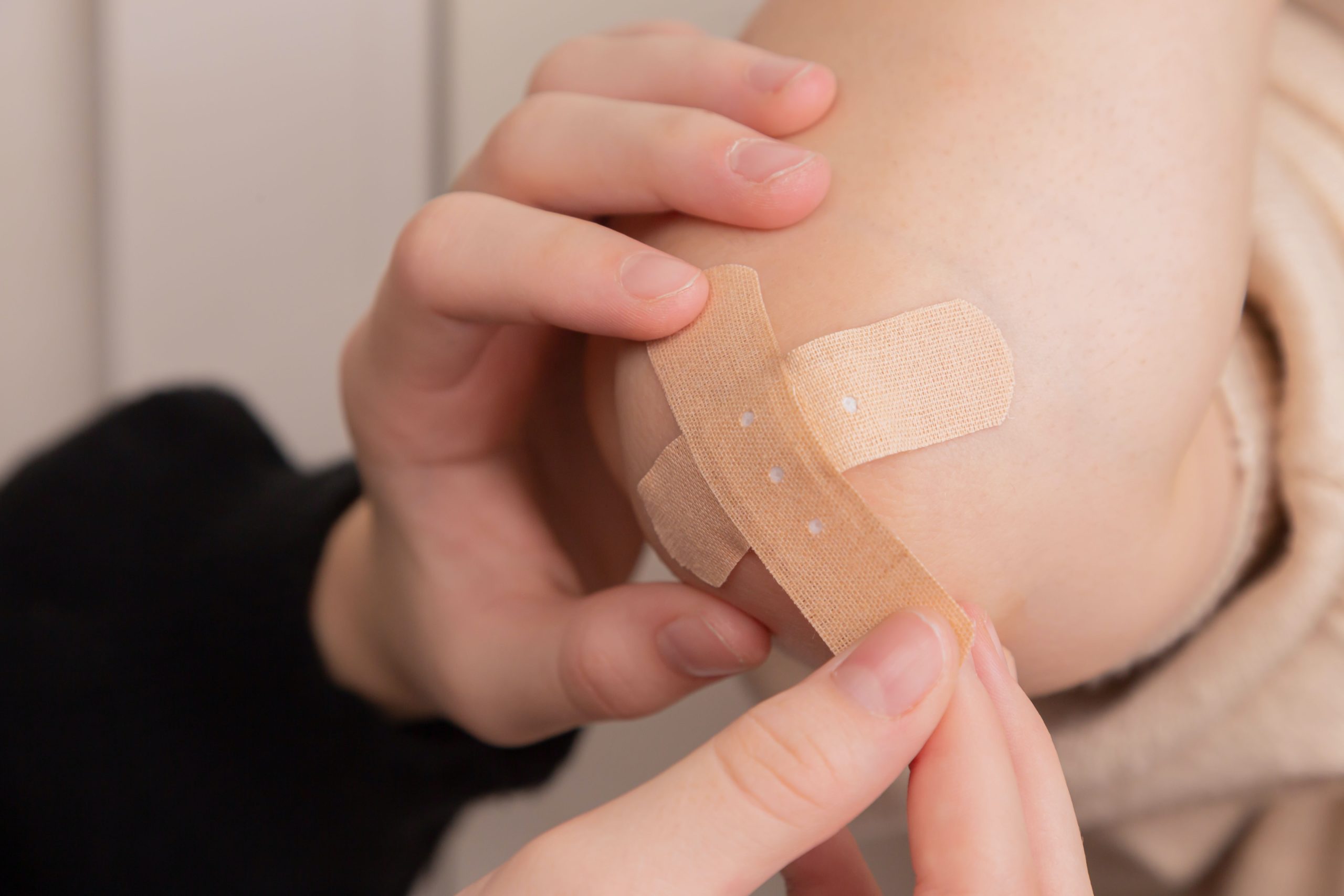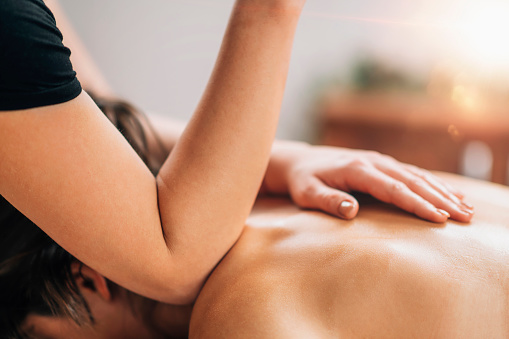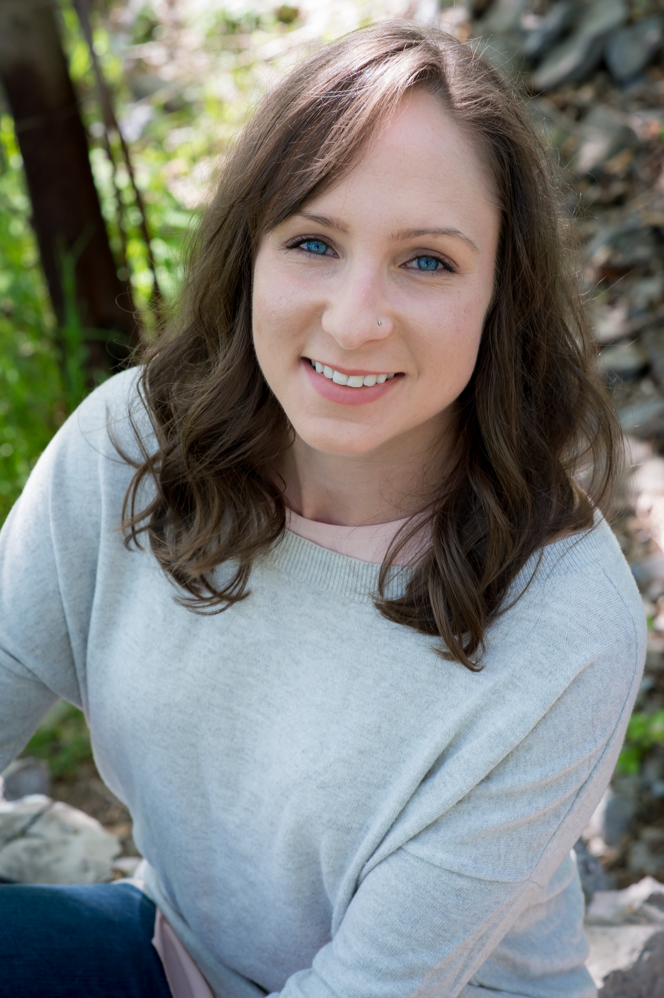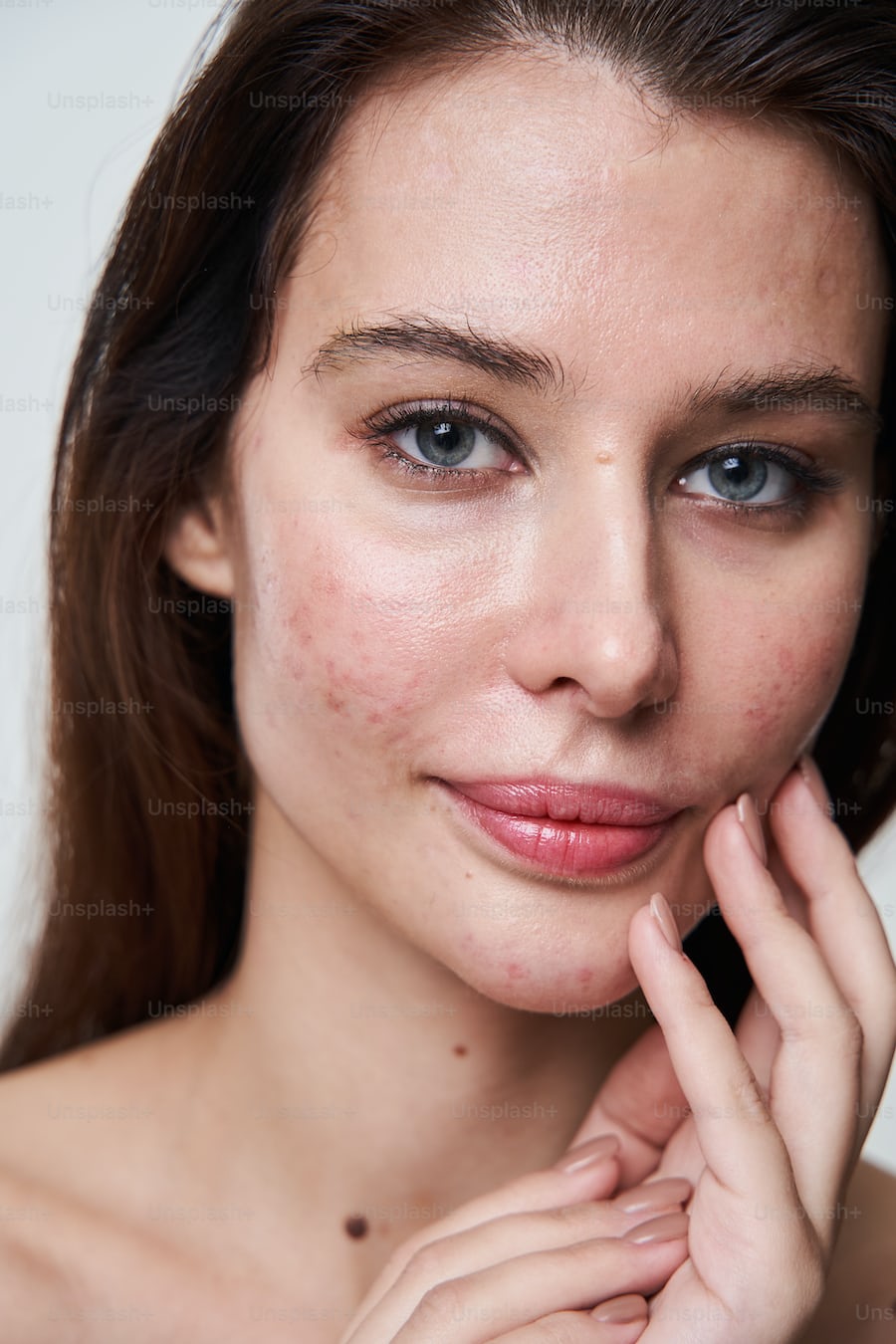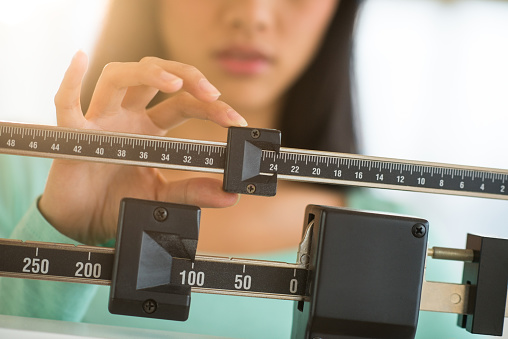The following case study is presented for informational purposes as an example of what prolotherapy and ozone injections have done for one individual experiencing a severe case of lateral epicondylitis using a very aggressive treatment schedule. This was documented and posted with this patient’s permission!
Most prolotherapy treatment plans for injuries are 2-5 sessions total over 2-6 months with touch ups just when the pain comes back. For most patients this is once a year, but for many it is never needed again! I also feel strongly that every patient do stretching and exercise or some sort of physio to address whatever movement dysfunction led to the tissue damage.
Not all treatment plans would be this extensive, and the patient always has a say in how their treatment progresses. Please keep in mind that each patient is unique, and this is in no way naturopathic medical advice and if you have a specific medical concern that you should consult your naturopathic or medical doctor for evaluation and treatment advice.
LG is a massage therapist, and has been for 19 years. 2 years prior to treatment, she had to stop practicing for 6 months because of lateral epicondylitis (tennis elbow) in her right arm. She received two rounds of PRP, but only one injection site right at the tear site found on imaging in the tendon. This helped and she was able to return to work, but the pain became debilitating again, and one year later had to stop working a second time because of the pain. A few months after she started prolotherapy with me at CHMT where we injected in all areas of pain and dysfunction, instead of just the one site. These were the three areas of maximum tenderness when palpated (poked and prodded) and these were on the site of the tear, over the annular ligament of the radius, and in the tendon for the supinator muscle. In my experience, musculoskeletal problems are very rarely isolated issues, and once one muscle or ligament is compromised, the structures around it and that work with that compromised structure are likely affected. Based on how long this injury had been building up and that the PRP had limited success, I wanted to make sure that not only the site of injury but all the supporting tissues were healthy and strong. In addition, LG loves her job and her clients and was very, very motivated to continue working, so we decided together to be very aggressive with treatment.
We also supported collagen production with vitamins and minerals (like vitamin D and C) that the body uses to make collagen, which is the primary protein used to heal these types of injuries. After 2 months she was able to work with light shifts, and after 3 months she returned to using light weights during her workouts, both activities without pain. At this point I had introduced ozone injections into the clinic, so we added that into her treatments to maximize the benefit she was getting from the injections. I also noticed that I was feeling far less scar tissue during the injections and her tenderness decreased dramatically in 2 of the 3 sites.
After 4 months we entered a maintenance phase of occasional injections after she returned to work whenever she felt the pain come back. At this time she was continuing with exercise and physio as well. She was very determined to not have to take another few months off of work again. At six months, her massage therapists reported that her arm was starting to feel like it had before the initial injury 2.5 years prior, and there were far less adhesions and “crunchiness”.
LG was able to work her regular schedule without pain, and other activities in her life (like turning door knobs and using weights with workouts) are now also pain free. At this time of publishing, she has been working her regular schedule without any additional injections, pain free, for 4 years.
Prolotherapy and ozone therapy are amazing treatments for pain because they build the tissue up and stimulate repair, as well as healing the nerves involved in chronic pain. This case really highlights the power of prolo and ozone. Massage therapy is generally a very short career because of repetitive strain injuries like epicondylitis, but this therapy can help heal those injuries and help RMTs and others in careers prone to repetitive strain keep doing the jobs they love!
Ahmed Z. Lateral epicondylitis; a review of pathology and management. Bone Joint J. 2013;95-B:1158–64.
